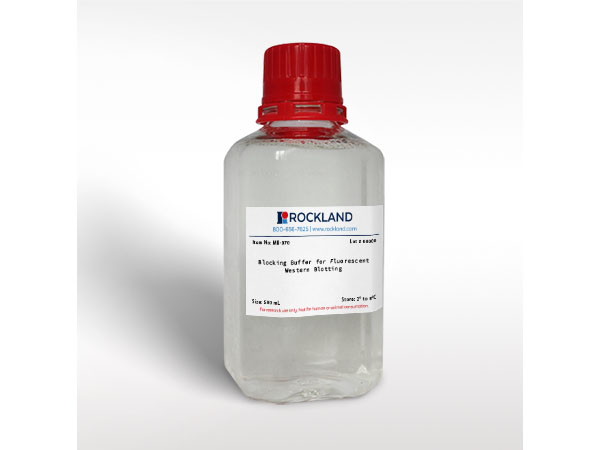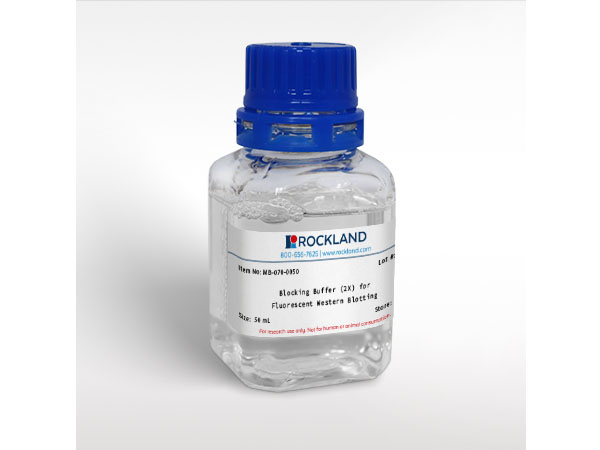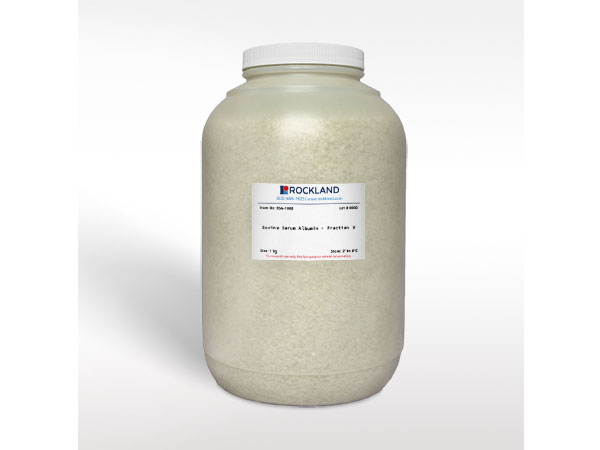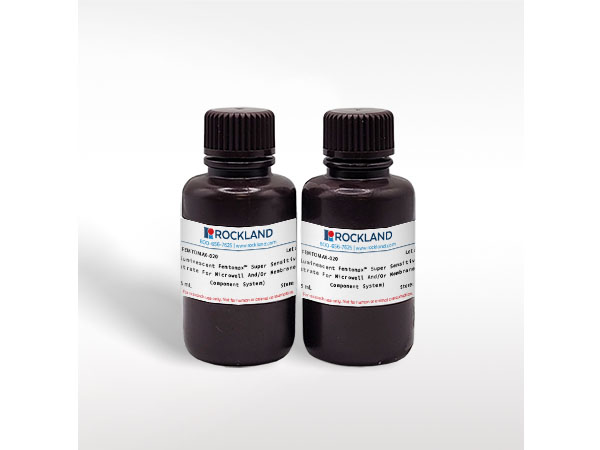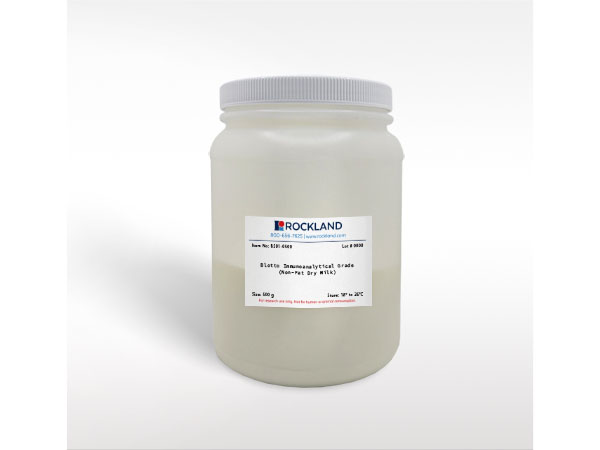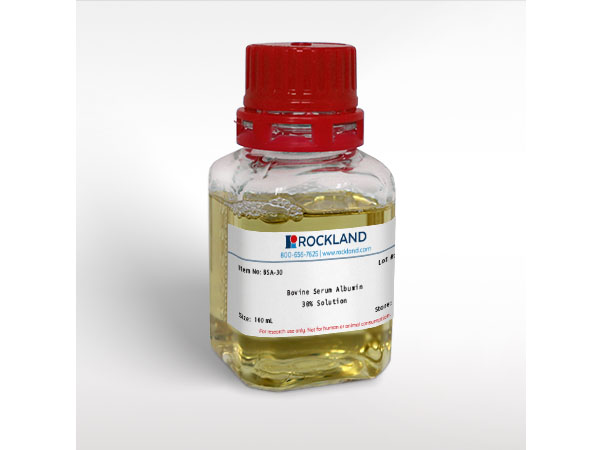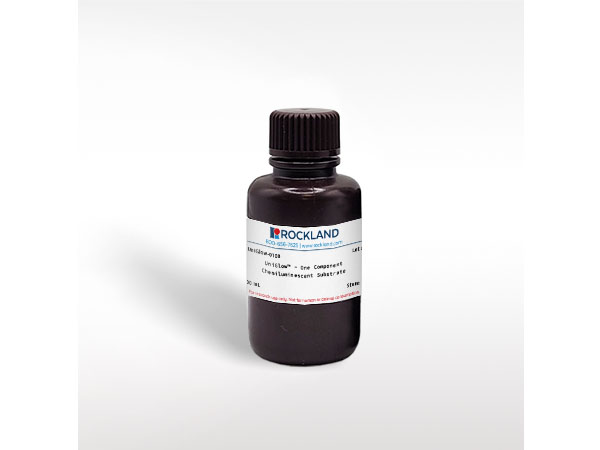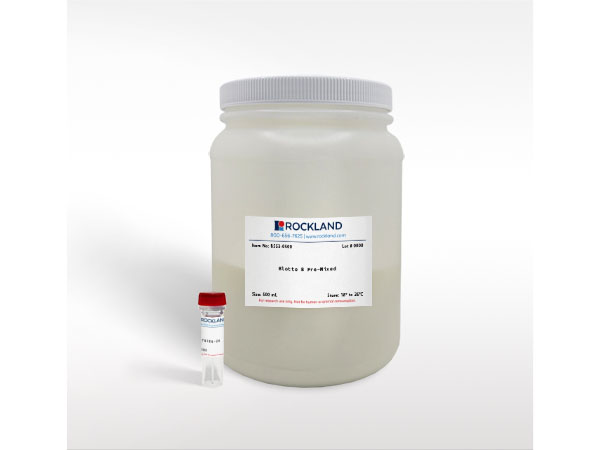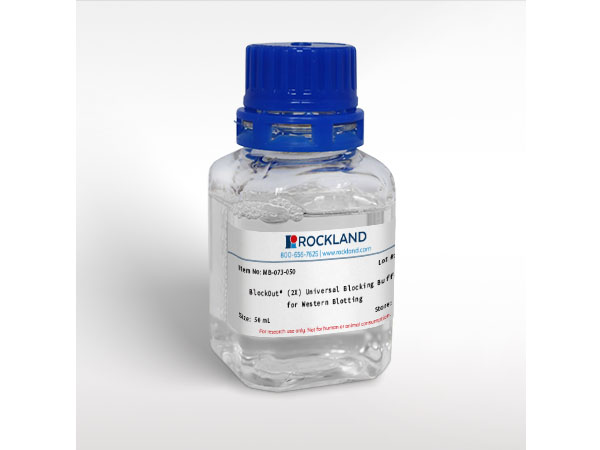Western Blot Reagents
Western blotting is a key technique in molecular biology for detecting specific proteins in a sample. To achieve accurate and reliable results, choosing the right reagents is crucial. This category provides a comprehensive selection of high-quality Western blot reagents designed for optimal performance. Highlights include:
- Blocking buffers: Essential for minimizing nonspecific antibody binding
- Assay substrates: Designed for sensitive detection across various enzyme targets
- Accessories: Protein markers, sample buffers, control lysates, assay buffers, and more
Product Categories
Applications
